 0
0
Products Description

Inconel plate is a corrosion-resistant alloy plate with excellent corrosion resistance. It is mainly composed of elements such as nickel, chromium and iron, and also contains other alloying elements such as molybdenum, aluminum and titanium. Inconel boards are capable of performing well in a variety of corrosive media, including acids, alkalis, salts and other corrosive substances. It is resistant to corrosion, oxidation and chemical attack and is therefore widely used in areas where resistance to corrosion is required. Whether in the chemical, petroleum, offshore or nuclear industries, Inconel panels are a reliable material choice that provides long-term durability and reliability in corrosive environments.
Parameter:

Item | 600 | 601 | 617 | 625 | 690 | 718 | X750 | 825 |
C | ≤0.15 | ≤0.1 | 0.05-0.15 | ≤1.0 | ≤0.05 | ≤0.08 | ≤0.08 | ≤0.05 |
Mn | ≤1 | ≤1.5 | ≤0.5 | ≤0.5 | ≤0.5 | ≤0.35 | ≤1 | ≤1 |
Fe | 6-10 | rest | ≤3 | ≤5.0 | 7-11 | rest | 5-9 | ≥22 |
P | ≤0.015 | ≤0.02 | ≤0.015 | ≤0.015 | -- | -- | -- | -- |
S | ≤0.015 | ≤0.015 | ≤0.015 | ≤0.015 | ≤0.015 | ≤0.01 | ≤0.01 | ≤0.03 |
Si | ≤0.5 | ≤0.5 | ≤0.5 | ≤0.5 | ≤0.5 | ≤0.35 | ≤0.5 | ≤0.5 |
Cu | ≤0.5 | ≤1 | -- | -- | ≤0.5 | ≤0.3 | ≤0.5 | 1.5-3 |
Ni | ≥72 | 58-63 | ≥44.5 | Bal | ≥58 | 50-55 | ≥70 | 38-46 |
Co | -- | -- | 10-15 | ≤1.0 | -- | ≤1 | ≤1 | -- |
Al | -- | 1-1.7 | 0.8-1.5 | ≤0.4 | -- | 0.2-0.8 | 0.4-1 | ≤0.2 |
Ti | -- | -- | ≤0.6 | ≤0.4 | -- | -- | 2.25-2.75 | 0.6-1.2 |
Cr | 14-17 | 21-25 | 20-24 | 20-23 | 27-31 | 17-21 | 14-17 | 19.5-23.5 |
Nb+Ta | -- | -- | -- | 3.15-4.15 | -- | 4.75-5.5 | 0.7-1.2 | -- |
Mo | -- | -- | 8-10 | 8-10 | -- | 2.8-3.3 | -- | 2.5-3.5 |
B | -- | -- | ≤0.006 | -- | -- | -- | -- | -- |
SPECIFICATIONS | |
Form | ASTM |
Rod, bar and wire | B 166 |
Plate, sheet and strip | B 168, B 906 |
Seamless pipe and tube | B 167, B 829 |
Welded pipe | B 517, B775 |
Fitting | B 366 |
Billet and bar for reforging | B 472 |
Forging | B 564 |
Shape | Size (mm) |
Wire | 0.5-7.50 |
Rod/Bar | 8.0-200 |
Strip | (0.5-2.5)*(5-180) |
Tube/Pipe | Customized |
Sheet/Plate | Customized |
For more details, pls directly contact us.
Corrosion resistance:

Acid and alkali corrosion: Inconel board can resist corrosion by various acids and alkali, including sulfuric acid, hydrochloric acid, hydrofluoric acid, phosphoric acid and sodium hydroxide, etc. It can maintain stable performance in strong acid and alkali environments and will not be corroded or damaged.
Salt Corrosion: Inconel boards have excellent resistance to salt corrosion. It can be used for a long time in salty media such as seawater, salt lakes and salt steam without being corroded and worn.
Oxidative corrosion: Inconel boards can resist oxidative corrosion, which is the formation of an oxide layer in high temperature environments to prevent further oxidation reactions. This allows it to maintain stable performance in high-temperature atmospheres without being damaged by oxidation.
Chemical attack: Inconel board can resist the attack of various chemical substances, including organic solvents, acidic gases and harmful chemicals. It maintains stability and durability in chemical environments.
Influencing factors:

Alloy composition: The alloy composition of Inconel plate plays an important role in its corrosion resistance. Different alloying elements can increase the corrosion resistance of materials. For example, alloys with added molybdenum and titanium can improve resistance to pitting and intergranular corrosion, while adding aluminum can improve oxidation resistance and high temperature resistance.
Oxide film formation: Inconel plates can form a stable oxide film in corrosive environments. This oxide film provides an additional layer of protection against further corrosion reactions. The formation of oxide film is closely related to factors such as alloy composition, temperature and environmental conditions.
Structure and grain boundaries: The crystal structure and grain boundary properties of Inconel plates also affect its corrosion resistance. The special structure of the grain boundaries may cause local cell corrosion, thereby reducing the overall corrosion resistance. Therefore, good grain boundary structure and grain size distribution are crucial to improve corrosion resistance.
Surface treatment: The surface treatment of Inconel board can also affect its corrosion resistance. For example, through methods such as mechanical polishing, pickling or electrochemical treatment, oxides, impurities and defects on the surface can be removed or reduced, thereby improving corrosion resistance.
Environmental conditions: The nature and conditions of the corrosive environment will also affect the corrosion resistance of Inconel plates. For example, factors such as the pH, temperature, oxygen content, and flow rate of the corrosive medium will all affect the corrosion behavior of the material.
Q&A:

What is the corrosion resistance of Inconel sheets?
Inconel sheets have excellent corrosion resistance and can resist the erosion of acidic, alkaline, oxidizing media and high-temperature corrosive environments.
What is the high temperature stability of Inconel sheets?
Inconel sheets can maintain stability under high temperature conditions, have good fire resistance and oxidation resistance, and are suitable for high temperature processes and thermal cycle environments.
How processable is Inconel sheet?
Inconel sheet has good processing properties and can be processed by cutting, welding, cold forming and hot forming.
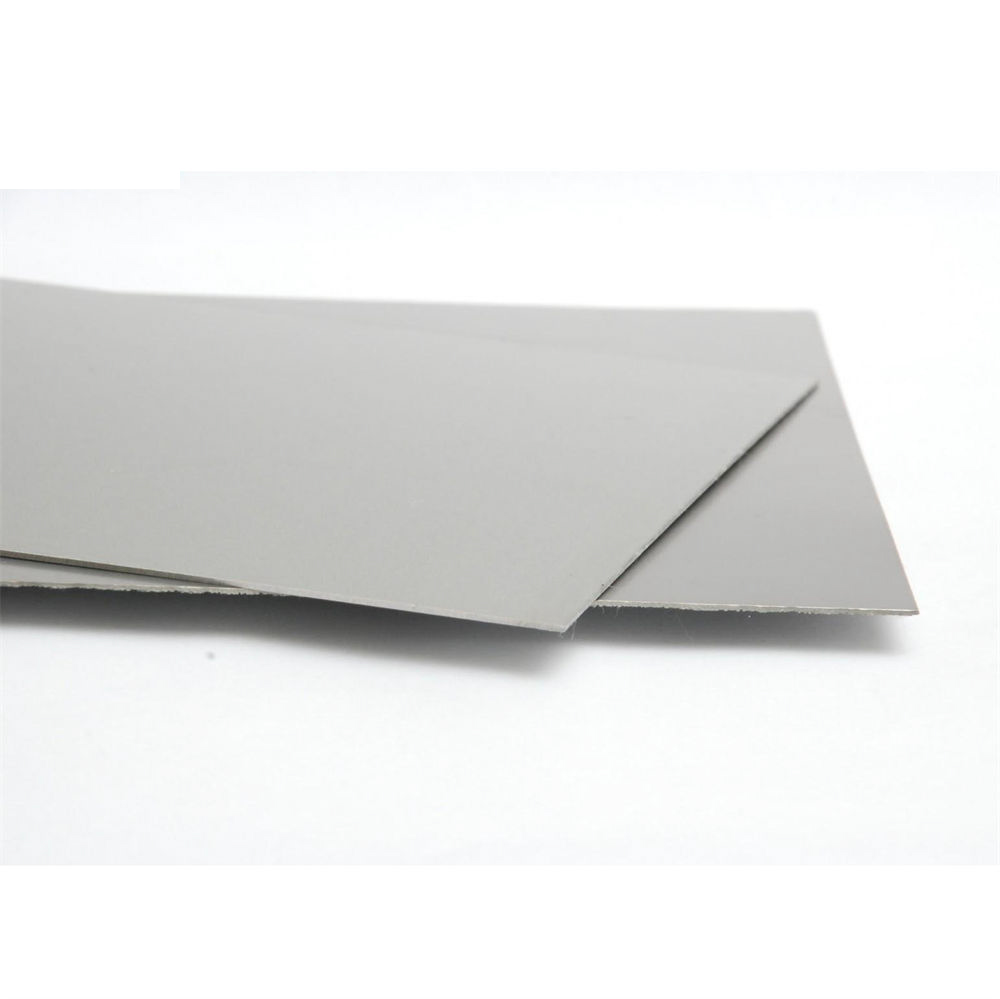
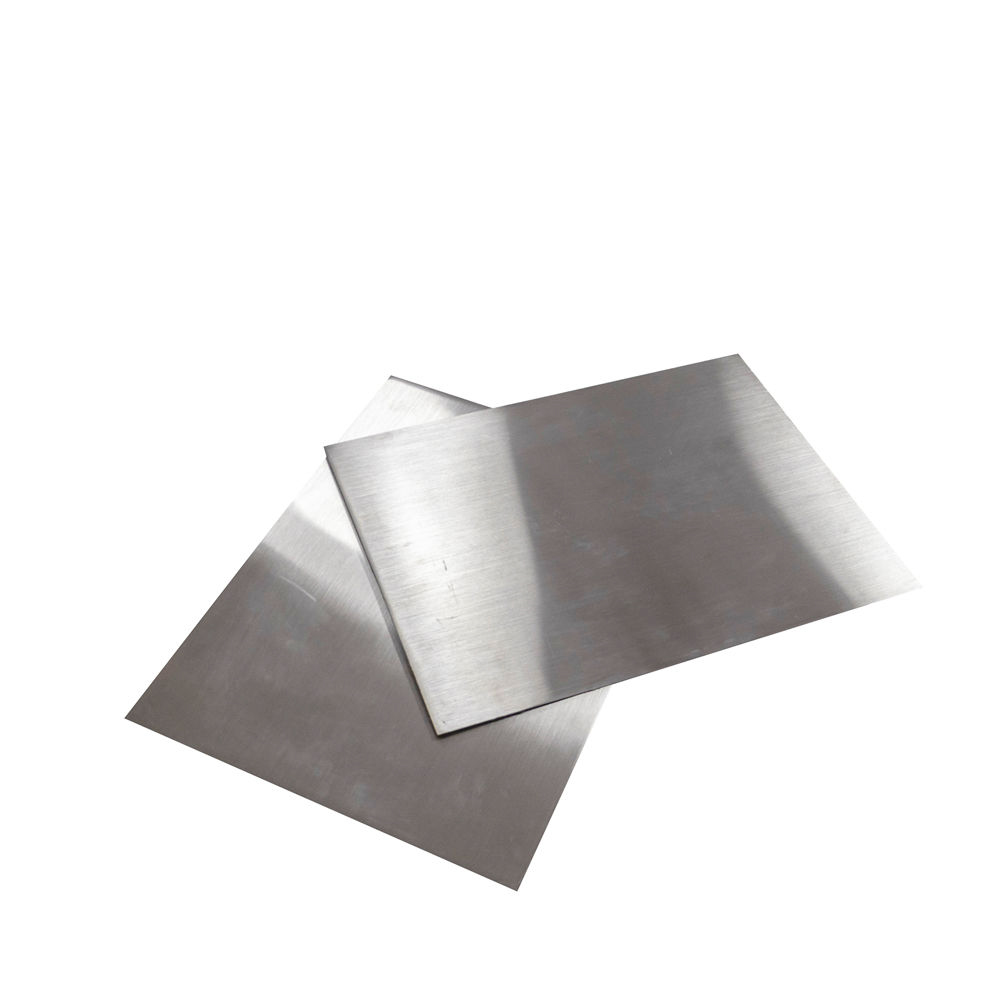
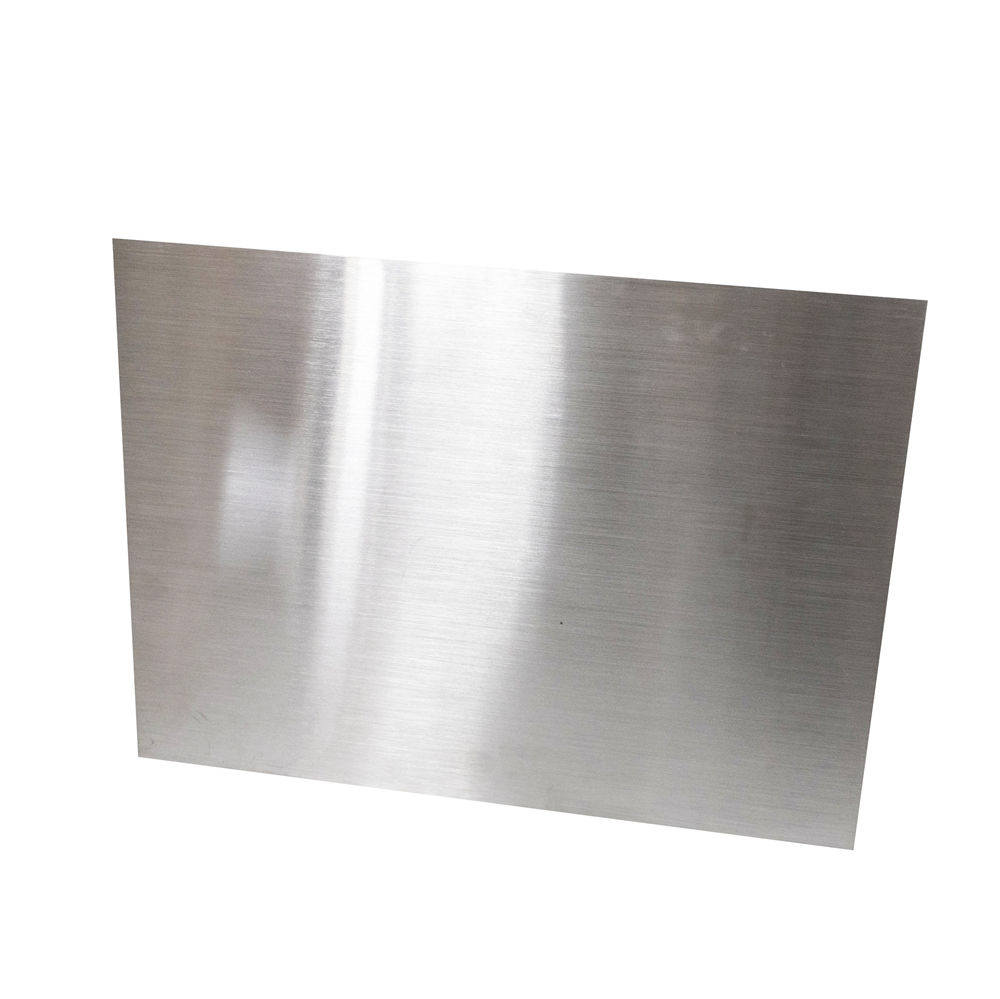
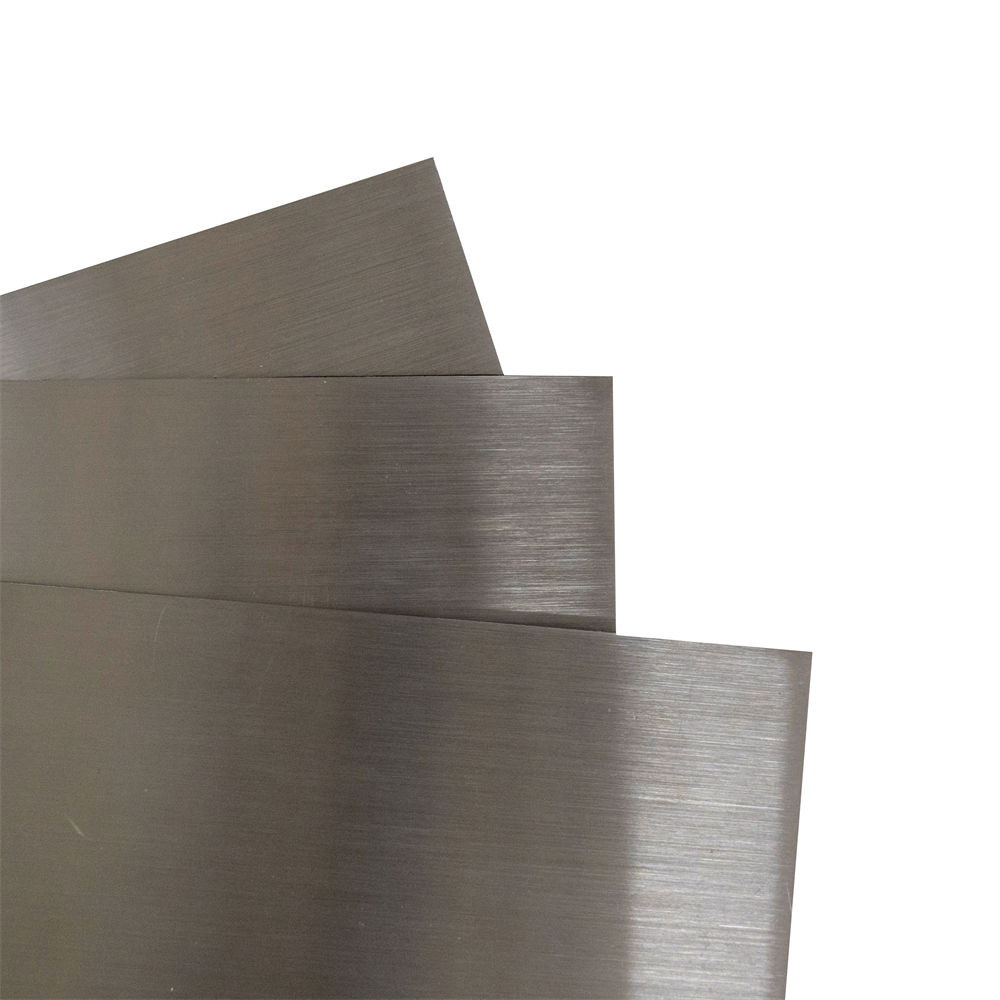
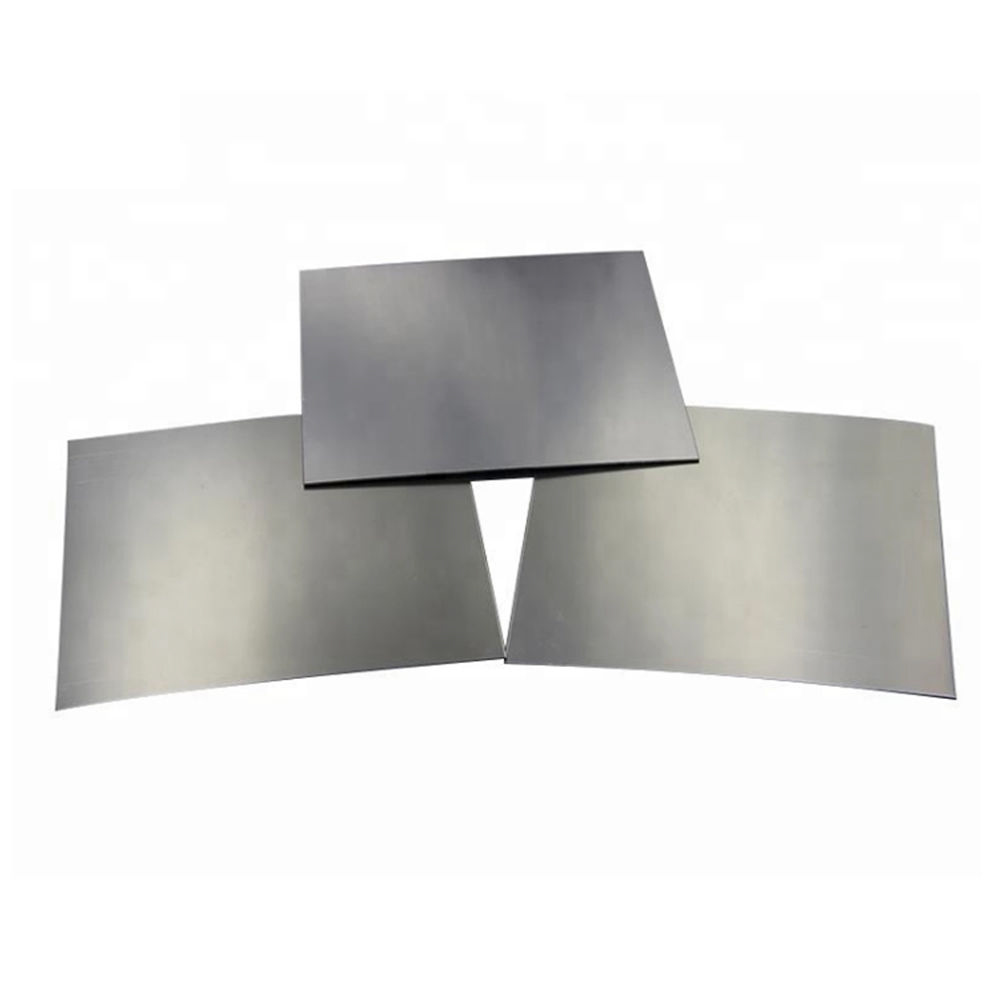
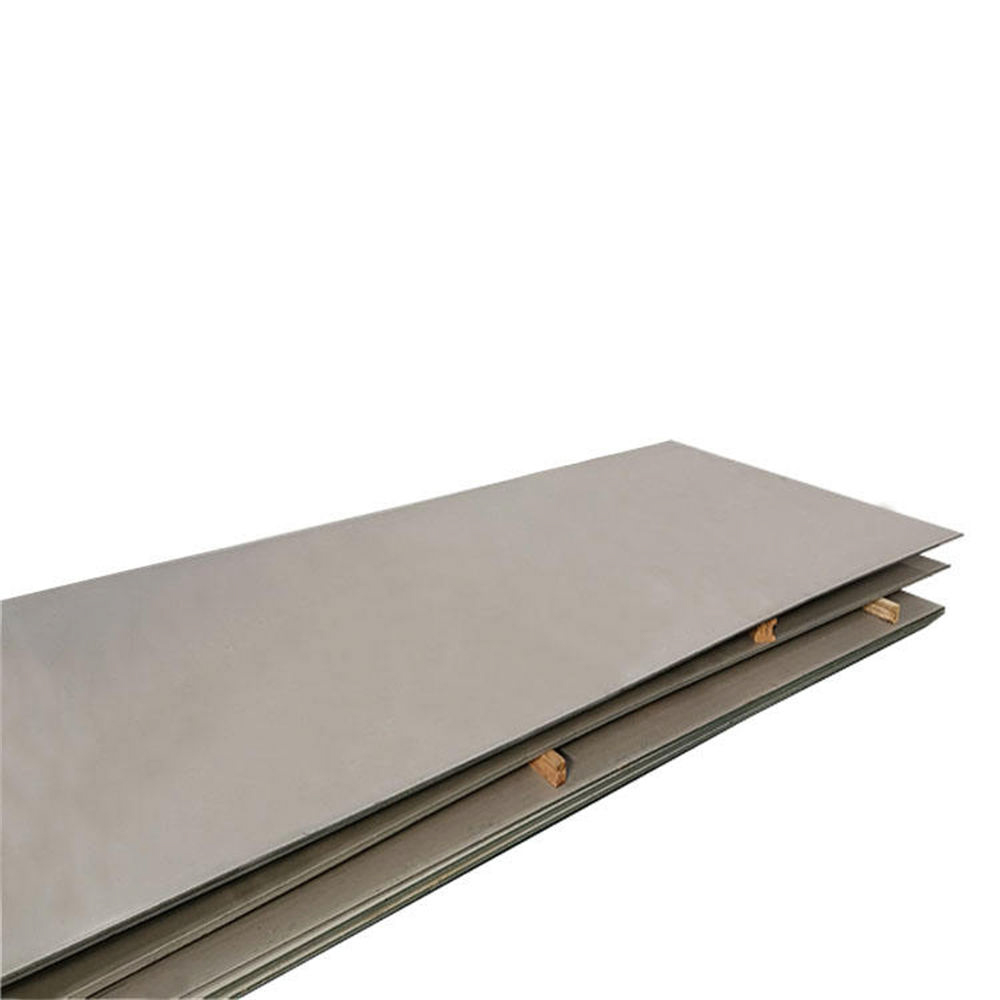
E-mail: Info@hulkalloy.com
Mobile: 0086 13852926463
Tel: 0086 13852926463
Whatapps: 0086 13852926463
Add: Renli Village, Fangxian Town, Danyang City, Jiangsu Province, China